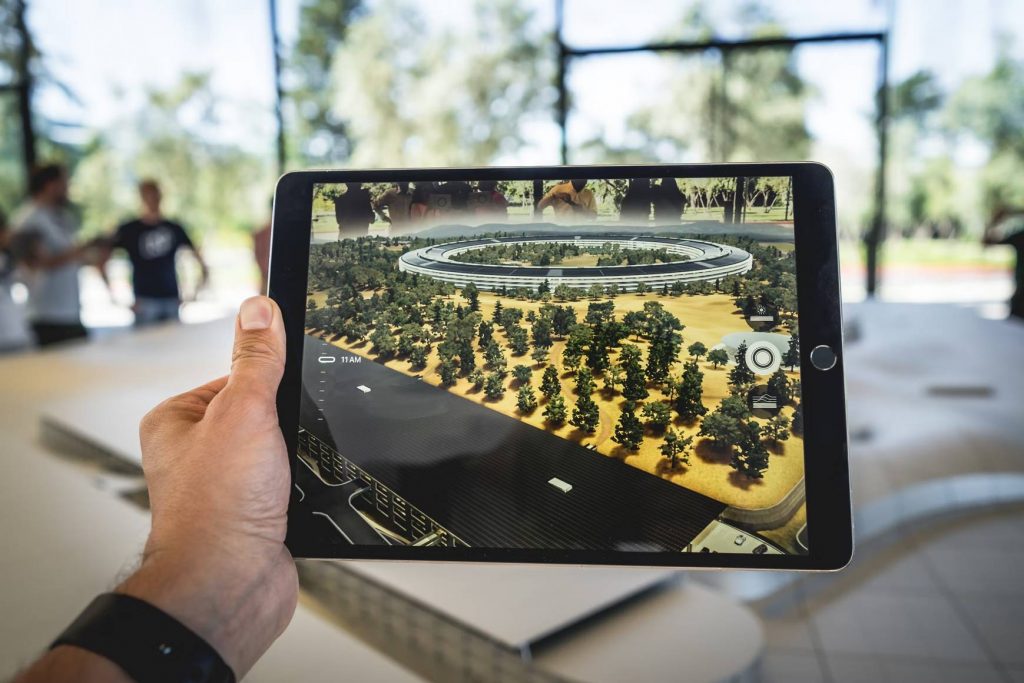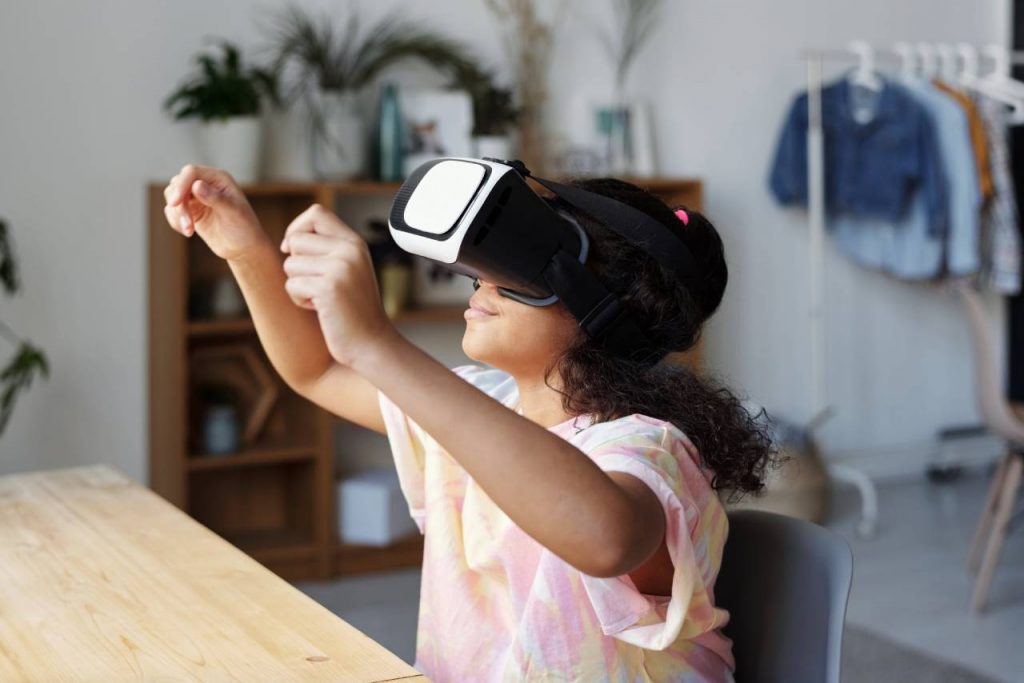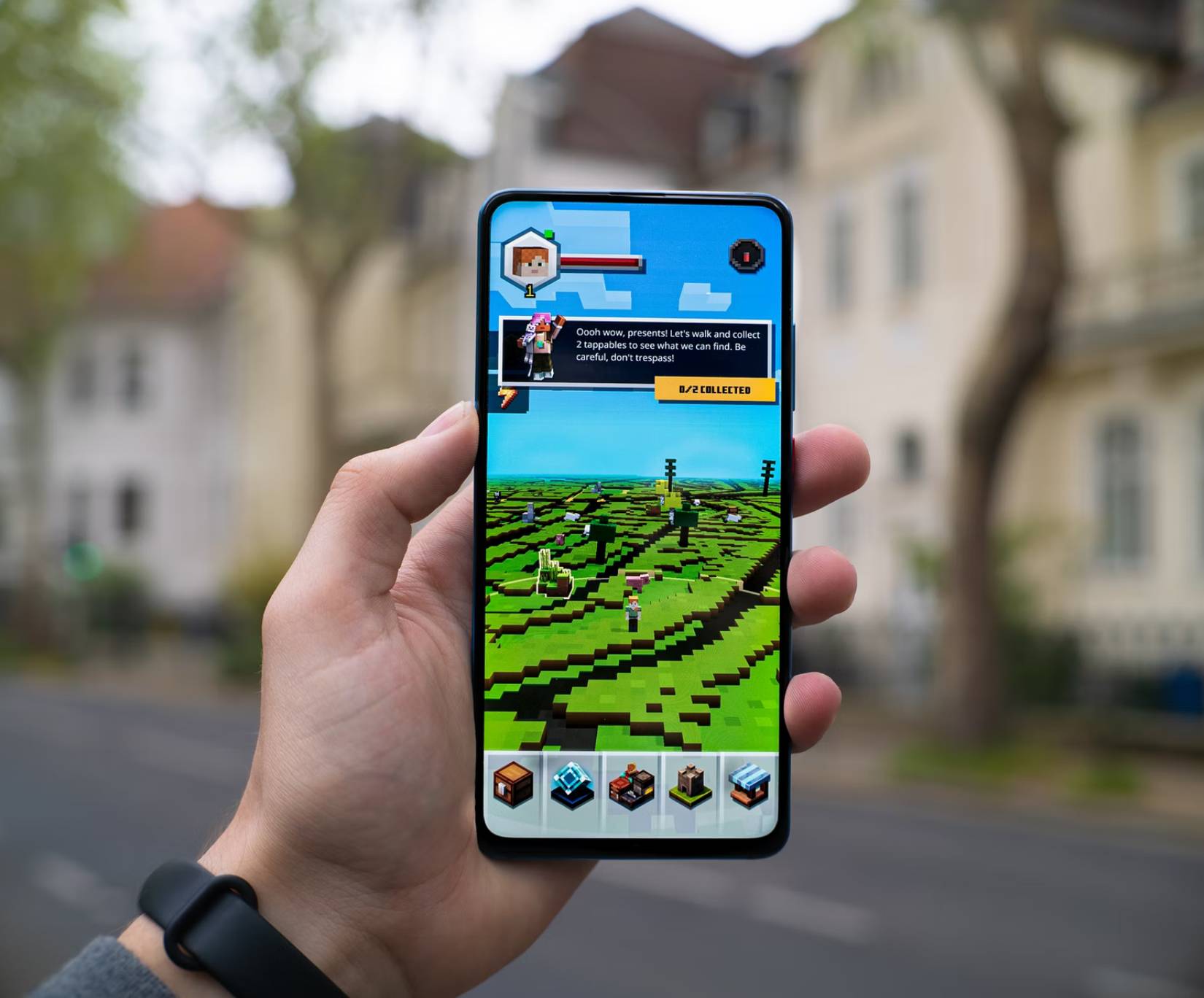Technology is constantly transforming how we work and augmented reality (AR) is simply another example of how much we are evolving. These technologies have become more than just a futuristic concept and are even being adopted into organisational strategies. From marketing to human relations, AR is a tool that can redefine how businesses work.
What is Augmented Reality (AR)?
Augmented reality is not just trendy but is predicted to become an asset as businesses adopt this technology. AR technology superimposes computer-generated sensory stimuli such as visuals and sound to enhance the real world. This interactive environment is a mix of the physical world and virtual objects.
Key Capabilities
Augmented reality redefines how users interact with environments and has the following key capabilities:
Visualisation
Augmented reality technology provides insight that non-users would not be able to experience. With augmented reality, visualization allows users to get a good look at objects that the naked eye does not have the power to do. For example, Pokémon Go will enable users to “see” different Pokémon while wandering the streets that locals do every day. Microsoft and Volvo have also worked together to provide an AR showroom that allows users to study a car engine with an X-ray view.

Instruction or Guidance
AR is typically used to guide or instruct users in real-time or step-by-step delivery. Businesses are already taking advantage of AR guidance that can be used to train, coach, and instruct employees in order to be more productive, consistent, and time-efficient.
Aids in Decision Making
Out of all of our senses, vision gives us the most access to information. AR has the ability to provide an environment that is enhanced by digital and virtual information in order to guide and inform users. With more access to visual information, decisions can be made more efficiently.
Facilitates Interaction
Unlike interaction with products and services that require physical controls, augmented reality technology facilitates interaction via headsets, smart glasses, voice control, hand gestures, mobile applications, and body language. The user interface (IU) with AR technology is on a different level as augmented reality interaction can also be used to modify, improve, and test products without having to be physically present or without a physical product.
AR in Application
Product Development
Augmented reality product development means that 3D simulations like holograms of products can be used. The development process can become more streamlined and AR allows development teams to get into every nook and cranny of a product in order to improve its design and function.

Manufacturing
AR in manufacturing has the ability to provide information to assembly line workers in real-time. Accurate data on products and their parts reduce manufacturing defects and improves productivity.
Logistics
AR technology enables employees to make the best logistics decisions. Information on best routes in augmented reality logistics in order to ship out products in a time and cost-efficient manner.
Marketing
With AR, marketing strategies can include virtual try-ons and product demonstrations. Consumers want to be able to see what products will be like when integrated into their lives and AR technology can do exactly that before they make the purchase.
Human Resources
Delivering training via AR can reduce training time and can be tailored to an incoming employee’s needs and experience. Augmented reality in human resources can be used to provide hands-on guidance which orients potential employees efficiently and speeds up onboarding. Additionally, using an employee time tracking app can help HR teams monitor how new hires are managing their training time, ensuring they are getting the support they need to succeed.
Education
Students, trainees, and current employees all benefit from AR in education. This technology facilitates a more in-depth interaction with study materials and business information. In the workplace, AR can be used for prototype demonstration in order to thoroughly educate stakeholders.

Healthcare
In the healthcare industry, AR is used for educational purposes as well. Professionals are able to give future doctors more insight into the human anatomy, diagnoses, and surgeries. Healthcare experts can also decide how to approach certain illnesses and diagnoses with virtual renderings of a patient.
AR in an Organisation’s Strategy
The reasons why every organisation needs an AR strategy are:
Potential Impact
The impact of augmented reality is that it has the potential to differentiate a business’ products from its competition, reduce costs, and improve communication with various stakeholders. Productivity and efficiency can improve and errors will be decreased as AR technology is adopted.
Hardware
AR experiences are commonly designed for mobile devices as consumers typically have these on hand. However, an organisation can also benefit from AR hardware such as tablets, head-mounted displays (HMDs), and smart glasses as they provide better graphics and more immersive experiences. Organisations will need to prepare to adopt and use incoming hardware technology by training and educating employees.
Digital Content Creation
AR technology will require digital content creation as products go virtual. Content can include product guides, procedures, prototype blueprints, company guidelines, and other digital assets. This information is more details, can be tailored to employees, and provides clarity.
Redefining Strategies
Adopting any technology is a learning process and AR is no different. Incorporating augmented reality into your organisation’s strategy is an investment but the applications of AR are endless and we are just beginning to see its potential. Augmented reality is no longer the future, these technologies are already being utilised due to today’s competitive market.
Related Post
Publications, Insights & News from GTECH







